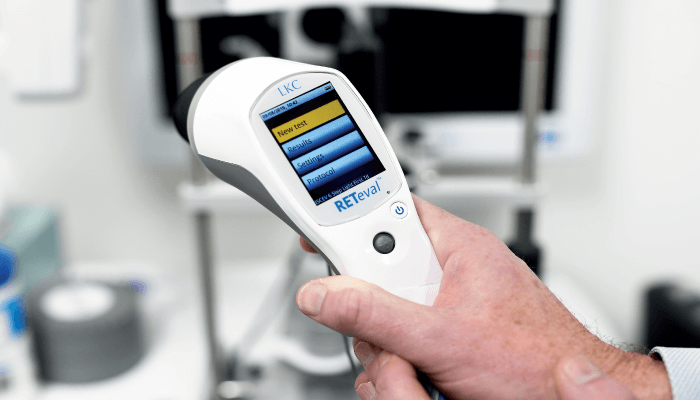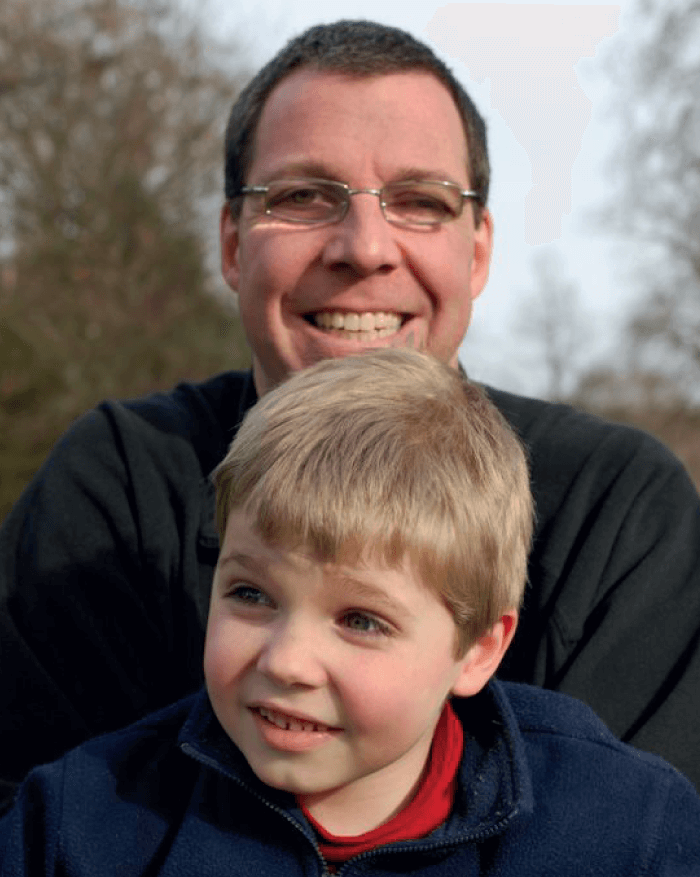
Autism diagnosis currently relies on an arsenal of behavioral and developmental tests – which can ultimately take years. After Paul Constable’s son, Miles, was diagnosed with autism, he started searching for a biomarker that could improve early detection and intervention methods for the disorder.
As an optometrist and senior lecturer at the Caring Futures Institute, Flinders University, he became fascinated with visual processing in autism. Given the neurodevelopmental parallels between the retina and the cortex, he reasoned there may be a marker for autism related to the sensory perception of light.
He decided to look at what had been done previously with electroretinograms (ERGs) and found just one study on the topic. “ERG waveform differences had previously been detected in other disorders affecting the brain, but not neurodevelopmental disorders. I realized that retina examinations could also help spot ERG waveform differences in autistic children,” says Constable.
His pioneering scan detects a pattern of subtle electrical signals in the retina that appear to be different in children on the autism spectrum. Importantly, the RETeval device used to perform the test causes minimal discomfort to patients.
So far, the device has been tested on about 180 people with and without autism between the ages of 5 and 21 in collaboration with Yale University, University College London, and Great Ormond Street Hospital (1). “Although the underlying pathophysiology of autism is complex, at a high level we found that the b-wave of the ERG was reduced in autistic individuals,” says Constable. “Our test is therefore able to identify any differences in the development of the retina, indicating an underlying neurodevelopmental disorder,” he adds.
The challenge now is to conduct the test in younger children to see how well the ERG signals correlate with standard diagnostic tests for autism.
“I really just wanted to prevent people from going through the same traumatic experience I did,” Constable says. “I see this as an opportunity to start important interventions, such as speech therapy, earlier – and to increase understanding of children on the autism spectrum.”

References
- PA Constable et al., J Autism Dev Disord (2020). Available at: https://bit.ly/33n4PJU.
